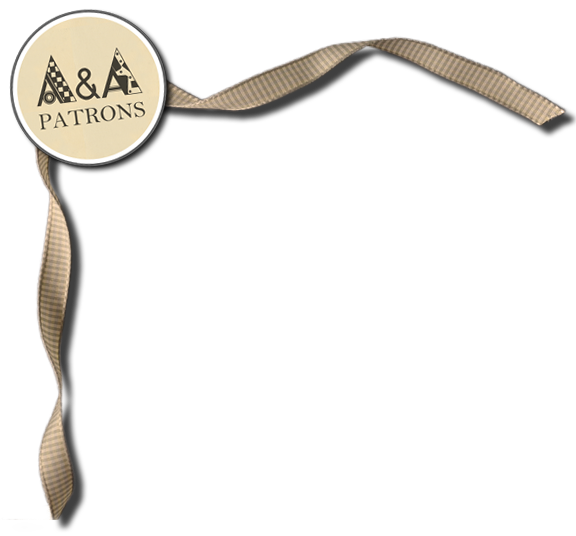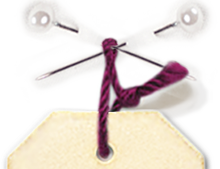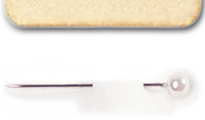You start sewing or you sew already for a while and now, you can find the patterns with or without seam allowances. When you are a novice, you get lost and you do not understand the "why and how" and when we used to sew, we are adept of "with seam allowances" or "without seam allowances."
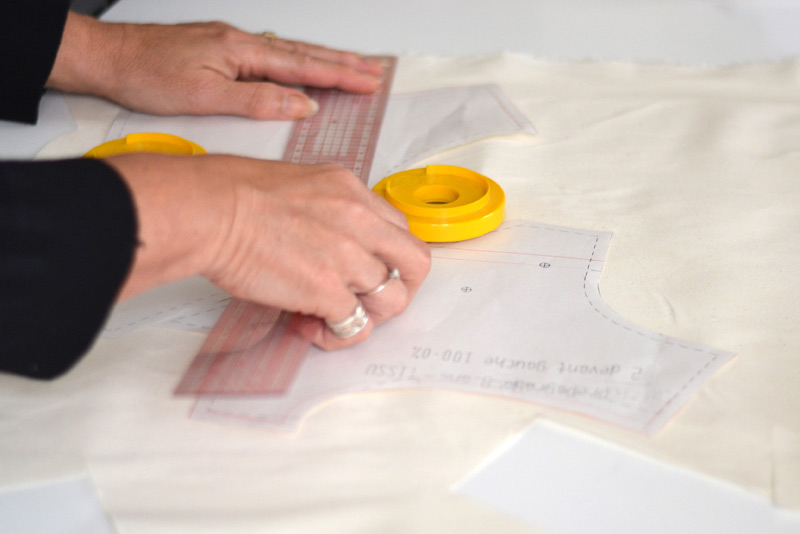
As a professional, I will try to explain the advantages and disadvantages of each method.
Patterns without seam allowances (or seam allowances not included)
First, working without seam allowances allows you to check all assembly lengths coherence: for example, does the collar fit the neckline where it will be mounted? What is the value of the ease (*) of a sleeve? etc ...
Within our design office all patterns are developed initially without seam allowances, we also digitalize without seam allowances and then we check with one of the tools of our software all coherence lengths (see above, but also the side seams etc ..).
So if you buy a pattern without seam allowances, you will have to add them on the fabric and make a mark
Advantages: assembly accuracy for fine finishes and facilitates all delicate assemblies, easy to modify because you know where is the original outline of the pattern. For a model which you are not sure, you can take the precaution to add larger seam allowances for a fitting.
Cons: this method is long because you have to add the seam allowances accurately and you have to do the pattern outline marking, so you need good marking tools, accurate and lasting the time of your assembly.
Going back to our design office, when we have checked all our pattern, we add the seam allowances because they are patterns for industry and all of the adjusment fittings were made, then we adapt the seam allowances to the assembly type and to the manufacturer's(**) hardware. 0.5 or 0.7 or 1 cm etc ... following sewing types.
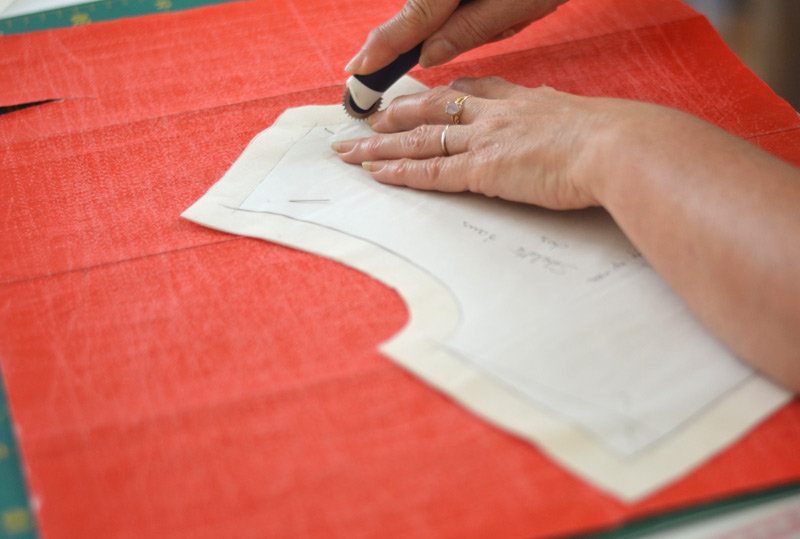
Patterns with seam allowances (or seam allowances included)
So if you buy a pattern seam allowances included, you don't have any additional work to do on the fabric, you can set up, pin and straight cut along the pattern edge, you just need to know the value of the reserve.
Advantages: much faster to cut and assemble, no sewing lines to match.
Cons: if the assembly is very technical, you don't have the pattern outline mark to guide you, it requires great sewing techniques mastery. The seam allowances have been set, you do not have much room to maneuver in case of fitting.
Our conclusion: prefer patterns seam allowances included for all simple clothing that you don't want spend too much time.
But if you get into the "beautiful" for which you want the hang perfect which implies some fittings, if you are precise and meticulous take a pattern without seam allowances.
Lexicon:
*ease: the sleeve head is always slightly larger than the armhole, on which it is mounted, this difference in length is placed, assembling, at the top of the sleeve over a small distance from both sides of the shoulder line. These are not gathers, it's a mounting ease, ie we play on the ability of the fabric to absorb a small difference in length when sewing. This ease allows to garnish the round part of the shoulder without the sleeve pulls.ease: the sleeve head is always slightly larger than the armhole, on which it is mounted, this difference in length is placed, assembling, at the top of the sleeve over a small distance from both sides of the shoulder line. These are not gathers, it's a mounting ease, ie we play on the ability of the fabric to absorb a small difference in length when sewing. This ease allows to garnish the round part of the shoulder without the sleeve pulls.
**manufacturer: outsourcing company dealing only with sewing clothing collections
